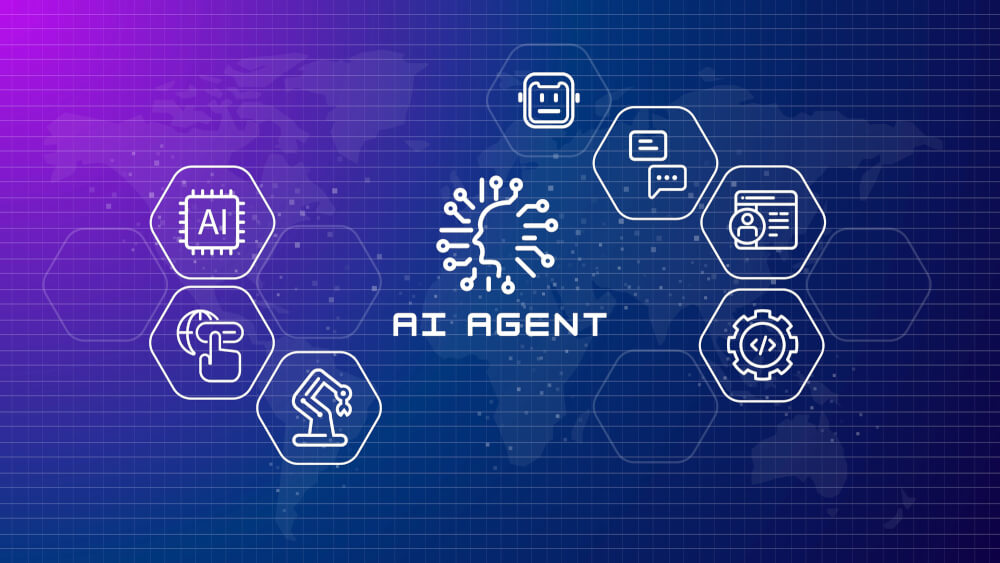GPUs, or Graphics Processing Units, are widely used in artificial intelligence for a few key reasons that make them especially well-suited for AI computations:
- Parallel Processing: AI, particularly deep learning, involves handling vast amounts of data and performing many operations simultaneously. GPUs are designed to handle multiple tasks at once, thanks to their parallel processing capabilities. This is because GPUs have hundreds or even thousands of smaller cores that can manage thousands of threads simultaneously. This feature is particularly beneficial for training neural networks, where many operations can be performed in parallel.
- High Throughput: Compared to CPUs, GPUs are capable of a much higher throughput for the types of calculations required in deep learning, such as matrix multiplications and additions. This makes them faster for AI computations.
- Efficiency: Training deep learning models requires a lot of computational power and energy. GPUs can perform more calculations per watt than CPUs, making them more energy-efficient for the scale of computation required in AI.
- Optimized Software Ecosystem: There’s a broad and growing ecosystem of libraries and tools (such as CUDA for NVIDIA GPUs) that are specifically optimised for performing AI-related tasks on GPUs. These tools take full advantage of GPU hardware, maximizing performance and efficiency.
- Flexibility: GPUs are also very flexible in handling various types of data and computations. This flexibility is vital for AI research and applications, where different models and data types may require different computational approaches.
The combination of these factors makes GPUs highly effective and popular for AI research and applications, particularly for training complex deep learning models that require handling large datasets and performing a high volume of computations.
